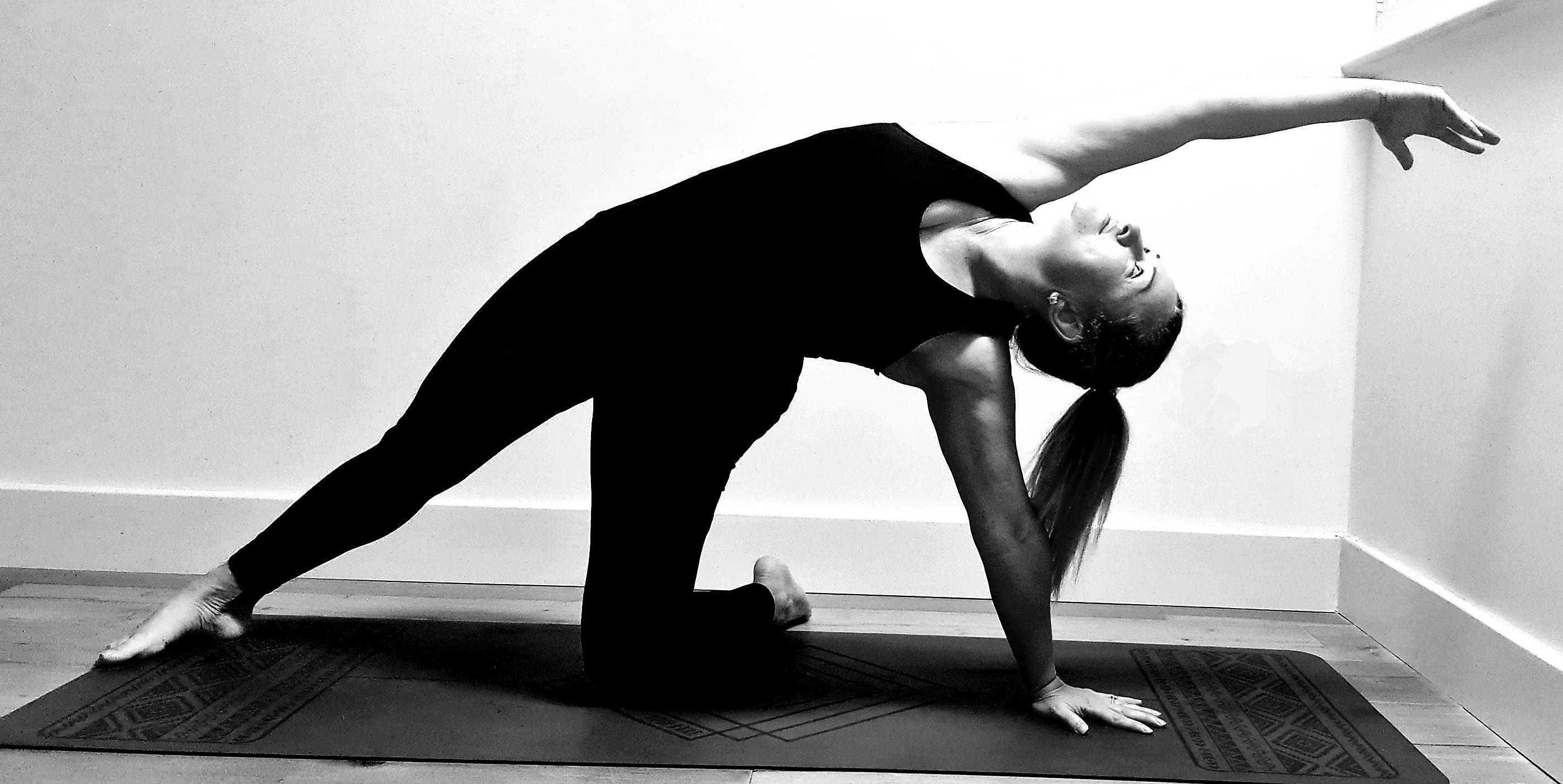How Pilates Helps Hips that Click: Tips for Pilates Teachers
- Sonia Ahmed

- Nov 10, 2023
- 2 min read
Do you or your client suffer from noisy, clicky or clunky hips? Although not usually painful, the sounds can be distressing. As a movement professional, our job isn't to diagnose but to understand what's happening and how we can help.
If you or your client's hip snaps or clicks during certain movements, particularly from flexion to extension, it may be one of three types of Snapping Hip Syndrome (SHS).
Read how Pilates can help those hips that click!
General facts about SHS include:
It's a common complaint
It's sometimes painful, but mostly a discomfort
It's mostly a nuisance and not typically serious.
Let's explore the 3 types of SHS and how Pilates may alleviate symptoms.
1. External SHS:
Snap to the outside of the hip as the iliotibial band (ITB) slides forward/back over the greater trochanter during hip flexion & extension.
Lateral knee pain can also be a associated with ITB Syndrome.
Common in runners.
2. Internal SHS:
Iliopsoas tendon snapping over bony prominence at the front of the pelvis, or femoral head.
For some, a deep ache to anterior hip or groin during/after activity can be present.
Common in dancers or repetitive external rotation of the thigh. May show signs of reduced hip extension, and lower back pain.
3. Intra-articular SHS:
Less common than External/Internal SHS.
Intra-articular means it is occurring within the joint itself.
Some causes: Labral tear, loose bodies, internal ligament tears. This would be diagnosed following further investigation via a scan. You would want clearance from the doctor or physiotherapist to ensure it is safe for the client to commence Pilates.
How Pilates Helps Hips that Click

As teachers, we aim to ensure the body is working in harmony. Through the Pilates exercises, you may notice a difference between the left and right hip, or perhaps, the legs are both working well, but your client complains of a click, or you can hear it yourself.
Here are some things I think about when I come across this problem:
Does placing legs in parallel over ER help?
Is the client gripping through their hip flexors?
Does it improve if they access their 'seat' more?
Does altering range of motion help?
What happens when you add a prop such as a resistance band or magic circle for them to push into?
This can help for 1) support & 2) so they can access their posterior chain more.
Does it improve? If so, this gives you things to work with, so exploring exercise options can be key to unlocking the answers.
I hope you found this blog helpful, leave your comments below! Looking for more personalized advice to complement your Pilates teaching?
Check out my "Support for Pilates Teachers" sessions (available under "Book Pilates" on www.phyxx.co.uk) for tailored guidance.
You can schedule a private 15 or 30-minute session with me to gain more in-depth knowledge and improve your teaching skills.
Don't forget to register your interest in my upcoming Q&A session in late November 2023 (exact date to be announced very soon!).
About Sonia:
Meet Sonia, a Comprehensively Trained Pilates Instructor in both Classical and Contemporary Pilates.
With 14 years as a highly experienced Musculoskeletal Physiotherapist, she brings a unique perspective to her teaching practice along with her ability to support other Pilates teachers.






Comments